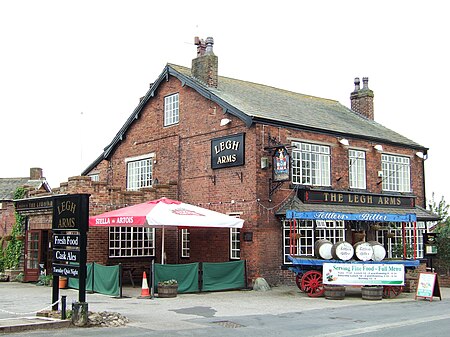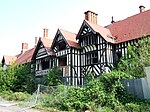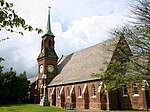Mere Brow
Geography of the Borough of West LancashireUse British English from April 2015Villages in Lancashire

Mere Brow is a small village in Lancashire, England, situated between Tarleton and Banks, just off the A565 road. It is 6 miles (9 km) east of Southport and 10 miles (15 km) south west of Preston. It is administered by the West Lancashire Borough Council and the Tarleton parish council. It is in the West Lancashire parliamentary constituency. Mere Brow is the second largest village in the parish of Tarleton, the largest being Tarleton and the smallest being Holmes and Sollom.
Excerpt from the Wikipedia article Mere Brow (License: CC BY-SA 3.0, Authors, Images).Mere Brow
Tabby Nook, West Lancashire Tarleton
Geographical coordinates (GPS) Address Nearby Places Show on map
Geographical coordinates (GPS)
| Latitude | Longitude |
|---|---|
| N 53.661 ° | E -2.882 ° |
Address
Tabby Nook
Tabby Nook
PR4 6LA West Lancashire, Tarleton
England, United Kingdom
Open on Google Maps








